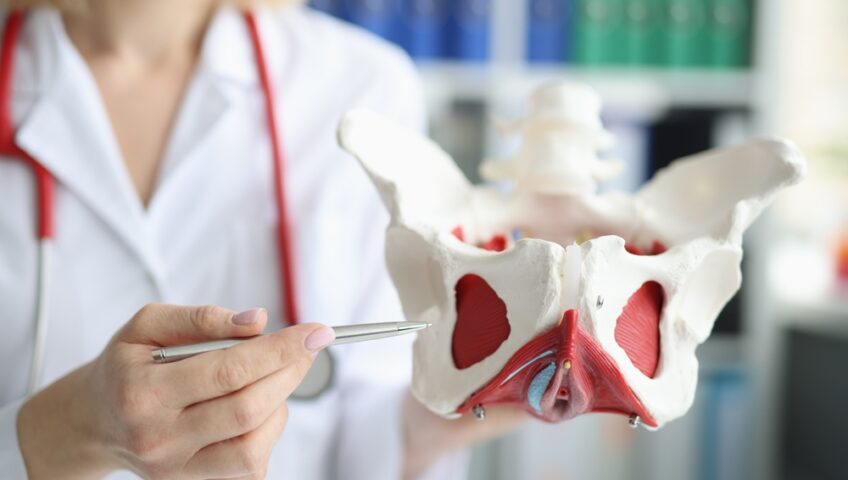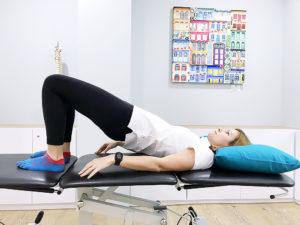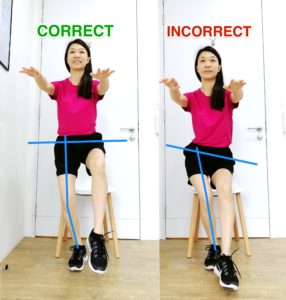Understanding the Distinctions Between Osteopathy and Physiotherapy: Which One Fits Your Needs?
In the field of musculoskeletal therapy, two disciplines often come into focus: osteopathy and physiotherapy. While both are dedicated to improving patients’ physical well-being and functionality, they diverge in their approaches, philosophies, and techniques. Understanding the nuances between osteopathy and physiotherapy can empower patients to make informed decisions about their healthcare journey.
**Foundations and Philosophies:**
Osteopathy traces its origins back to the late 19th century, founded by Andrew Taylor Still, who believed in the body’s ability to self-heal and maintain balance when properly aligned. Osteopathic philosophy emphasizes the interrelationship between the body’s structure and function, viewing the body as a holistic unit.
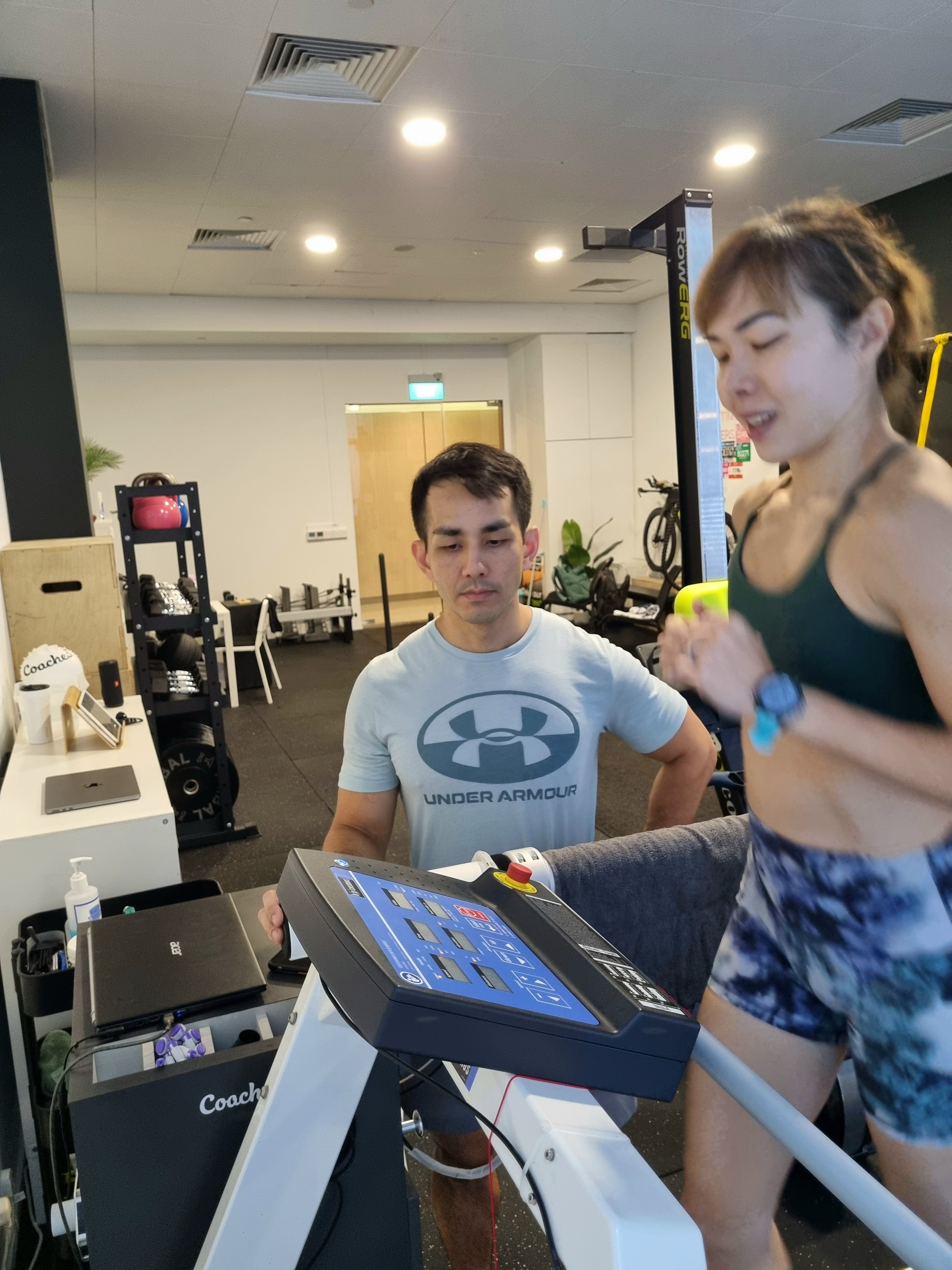
Physiotherapy, on the other hand, evolved from various disciplines, including massage therapy and physical education. It focuses on restoring movement and function impaired by injury, illness, or disability. Physiotherapists employ evidence-based techniques to promote rehabilitation and enhance quality of life.
**Treatment Techniques:**
Osteopathy employs a hands-on approach to diagnosis and treatment, with practitioners using techniques such as manipulation, muscle energy technique, mobilization, and soft tissue massage to modulate pain and improve function. Osteopaths emphasize the importance of addressing the root cause of symptoms by assessing the whole person, which takes into account the lifestyle, diet, and other psychosocial factors.
Physiotherapy encompasses a broad range of interventions tailored to individual needs. These may include exercise therapy, manual therapy, electrotherapy modalities, and education on self-management strategies. Physiotherapists focus on improving mobility, strength, and function while minimizing pain and preventing future injuries.
**Scope of Practice:**
Osteopaths are trained to assess and treat a wide range of musculoskeletal conditions, as well as systemic issues that may affect the body’s structure and function. They may also incorporate lifestyle and dietary advice into their treatment plans.
Physiotherapists work across various healthcare settings, addressing not only musculoskeletal issues but also neurological, cardiovascular, and respiratory conditions. Their scope of practice extends to rehabilitation, injury prevention, and health promotion.
**Collaboration and Integration:**
While osteopathy and physiotherapy each offer unique approaches to healthcare, there is increasing recognition of the benefits of collaboration and integration between the two disciplines. Many patients find value in receiving complementary care from both osteopaths and physiotherapists, as each may bring distinct perspectives and techniques to the table.
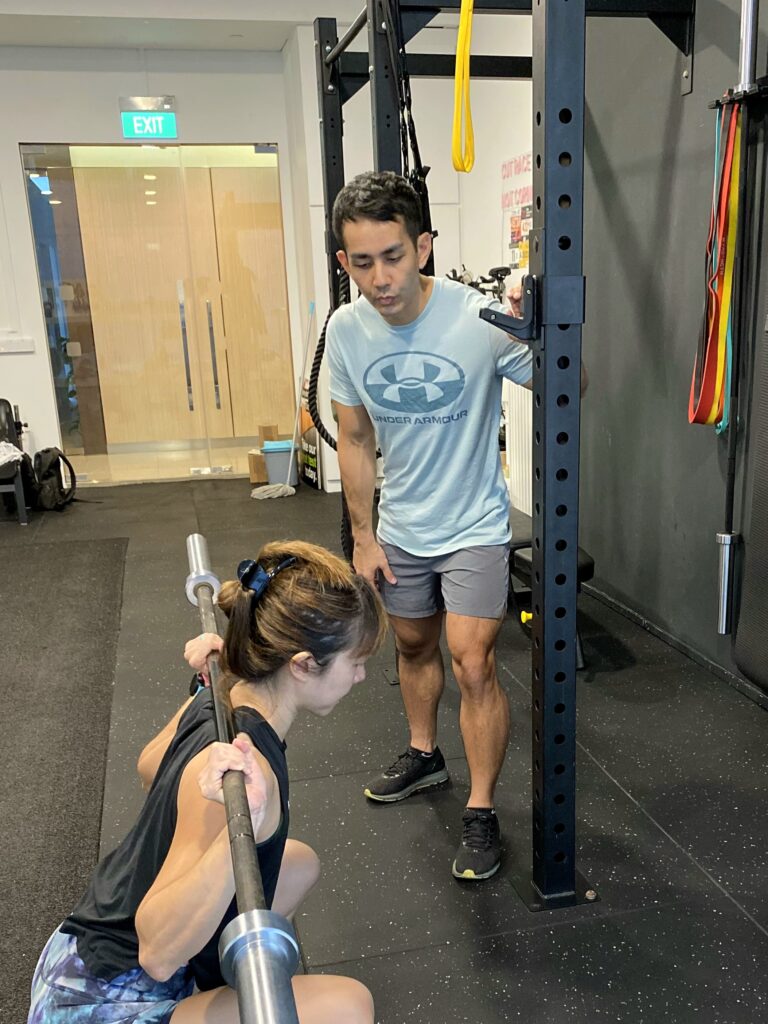
**Choosing the Right Path:**
When considering whether osteopathy or physiotherapy is the right fit, it’s essential for patients to consider their individual needs, preferences, and treatment goals. Some may prefer the hands-on approach of osteopathy, while others may gravitate towards the exercise-based interventions commonly associated with physiotherapy.
Ultimately, the most effective approach may involve a combination of both disciplines, tailored to the unique needs of the patient. By working collaboratively with healthcare providers and exploring various treatment options, patients can embark on a path towards improved health, function, and well-being.

